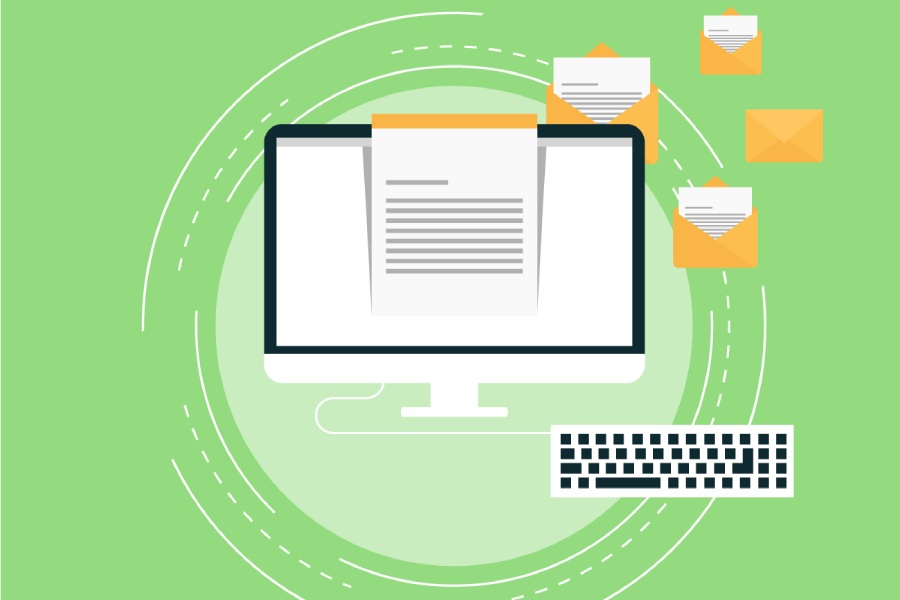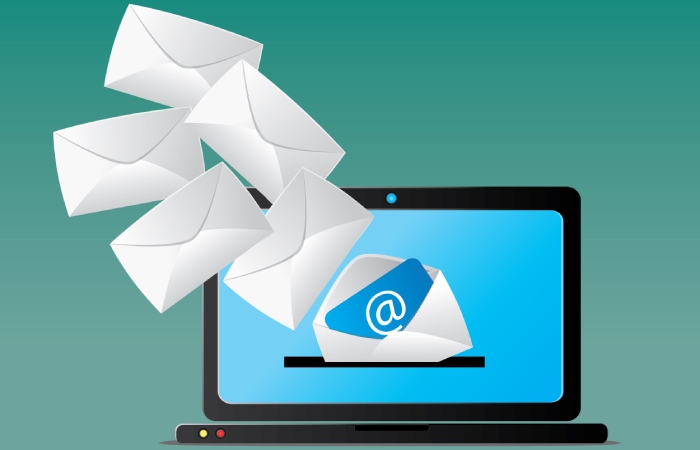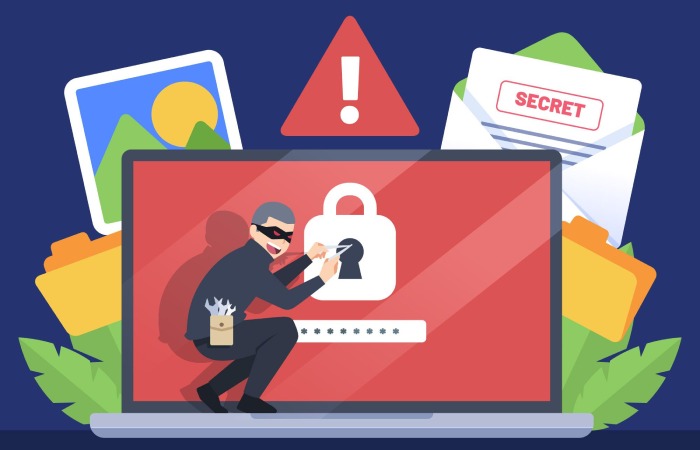E-mails have become the primary mode of communication for all information today, be it critical official intimations or academic records. According to a report published in March 2020, 306.4 billion E-mails were sent and received daily in 2020, worldwide, and these figures are rising by the day. There is no doubt that E-mails are convenient means for both parties for sending and receiving short and quick communication over the internet. They also enhance the ease of communication as compared to conventional methods such as mail and fax.
However, as there are always two sides to a coin, there is also present, a flip side to this evolutionary means of communication, which has made transacting business much more complicated, and that is the existence of spam E-mails. We often tend to subscribe to the newsletters of specific websites that we probably never visit or refer to again and this results in our inbox being flooded with constant E-mails from senders which are both undesired and malicious. In addition to these are those spam e-mails which contain malicious links and are sent by hackers who have a spurious motive of extracting our sensitive and confidential personal information. These spam e-mails also make us overlook the critical mail that we have been waiting. This is where E-mail archives come to our aid. It is a necessary security measure to prevent hackers from stealing sensitive information.
What are E-mail archives?
E-mail archiving is a service that safely stores the essential e-mails in your inbox for easy retrieval in the future when you might need those e-mails for reference. E-mail archiving services also provide tools such as indexing, and resources for querying on stored E-mails for the convenience of users.
Some organizations providing archiving services include KVS Inc. with Enterprise Vault, iLumin Software Services Inc. with Assentor, and IBM with CommonStore for Exchange. A collective illusion that many people encounter is that they consider archiving and backing up as synonyms. However, these are two completely different terms. Backing up doesn’t guarantee the efficient retrievability of crucial e-mails and risks getting tampered by adversaries.
Strategy For E-mail Archiving
E-mail archives are created through a well thought out process by the company’s IT team. The primary focus is on the e-mail infrastructure. There are two types of e-mail archives:
- Server Side: In this type, the end-user doesn’t have control over the archiving process, and it functions automatically and centrally. It is widely used in popular mailboxes such as Gmail and Office 365.
- Client Side: In this type of e-mail archiving, the user exercises complete control over the archiving process. It is carried out in coherence with a POP3 mailbox. This is the best-suited e-mail archiving for businesses because it reduces the work pressure on the IT team.
After the choice for the type of e-mail archiving is made, the crucial decision is whether to go for on-premises archiving or cloud archiving. For on-premise e-mail archives, the responsibility lies with the IT team of the organization, whereas for cloud archives, the sole responsibility is with the provider.
How Do E-Mail Archives Help?
Organizations use e-mail archiving for several purposes. While some use it for the protection of critical data that stands at risk of being lost due to phishing attacks, such as data about products, protocols, processes, competition and other such vital topics; others make use of E-mail archiving to meet the requirements for maintaining transparency and enhancing record keeping.
- A solution to data loss: A company or an individual has to bear unnecessary trouble when necessary E-mails get deleted by mistake. E-mail archiving eliminates the worry of losing relevant data because it preserves all the required e-mails, together with their attachments.
- Long term data protection: E-mail archiving assures that the data stored on your enterprise network’s storage drives shall remain tamper-proof and easily accessible for several years.
- Uninterrupted access to E-mails: Companies or individuals can rest assured to have a seamless working experience with E-mail archiving because it releases them from the dependency on mail servers. If a mail server is unserviceable or if there is a loss of data, a user can still have access to all E-mails via the E-mail archive. E-mail archiving renders independence from mail servers or their E-mail service providers which enables smooth and uninterrupted running of business activities.
- Efficient functioning: E-mail archiving keeps a volume of data on the mail server, which facilitates faster and more efficient backup and recovery of data. This results in better performance and quicker backups. E-mails can then be restored with a single mouse-click by anyone and from anywhere. This also offloads the work pressure on the IT team as they no longer need to restore lost E-mails manually. In addition to this, E-mail archiving empowers the users to do a quick search through all archived E-mails and attachments, which again saves time and enhances productivity.
- Ensures cybersecurity: The most critical contribution of E-mail archives is towards cybersecurity. The archiving of necessary E-mails not only provides the security of details from unintended and accidental loss but also makes sure that those availing the E-mail archiving service do not fall prey to phishing E-mails or other such cyber threats. When people can distinguish necessary E-mails from the malicious ones and can get them archived, the possibility of falling prey to phishing scams is reduced. This, of course, is not the only solution to counter cyber threats, but it is a powerful safeguard which provides additional benefits for organizing and storing crucial data.
Conclusion
Once a company has archived its crucial mail, the threat of falling prey to phishing attacks is considerably reduced. Since 80% of organizations globally have claimed to have faced an E-mail-based cyber-attack in the past, E-mail archiving service is a significant building block of the enterprise architecture, which aspires to be free from such attacks and protects the enterprise from risking competitive business advantage. It is complemented by the use of other anti-phishing measures such as training of the employees, regular system updates, installing antivirus et al.


